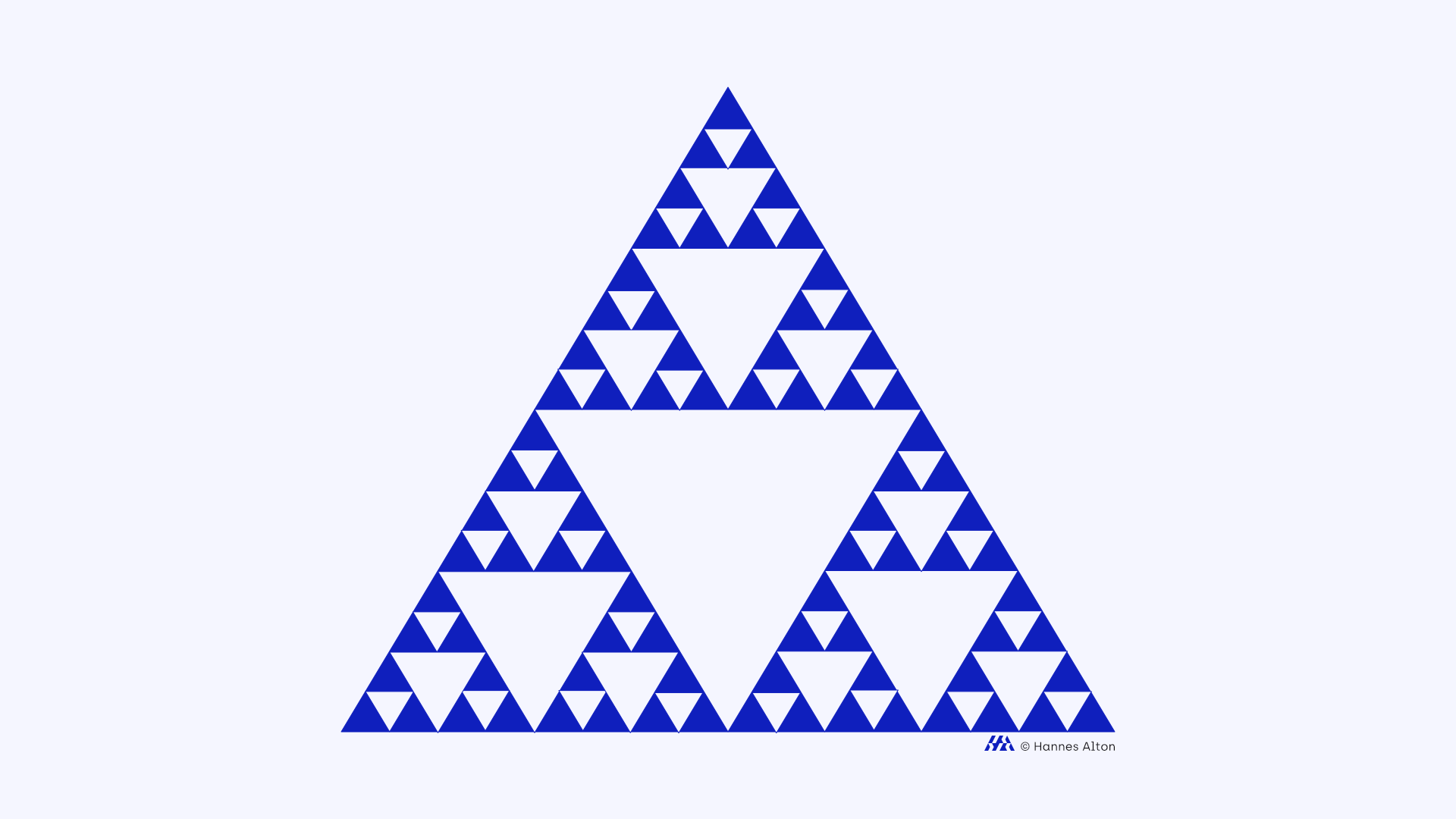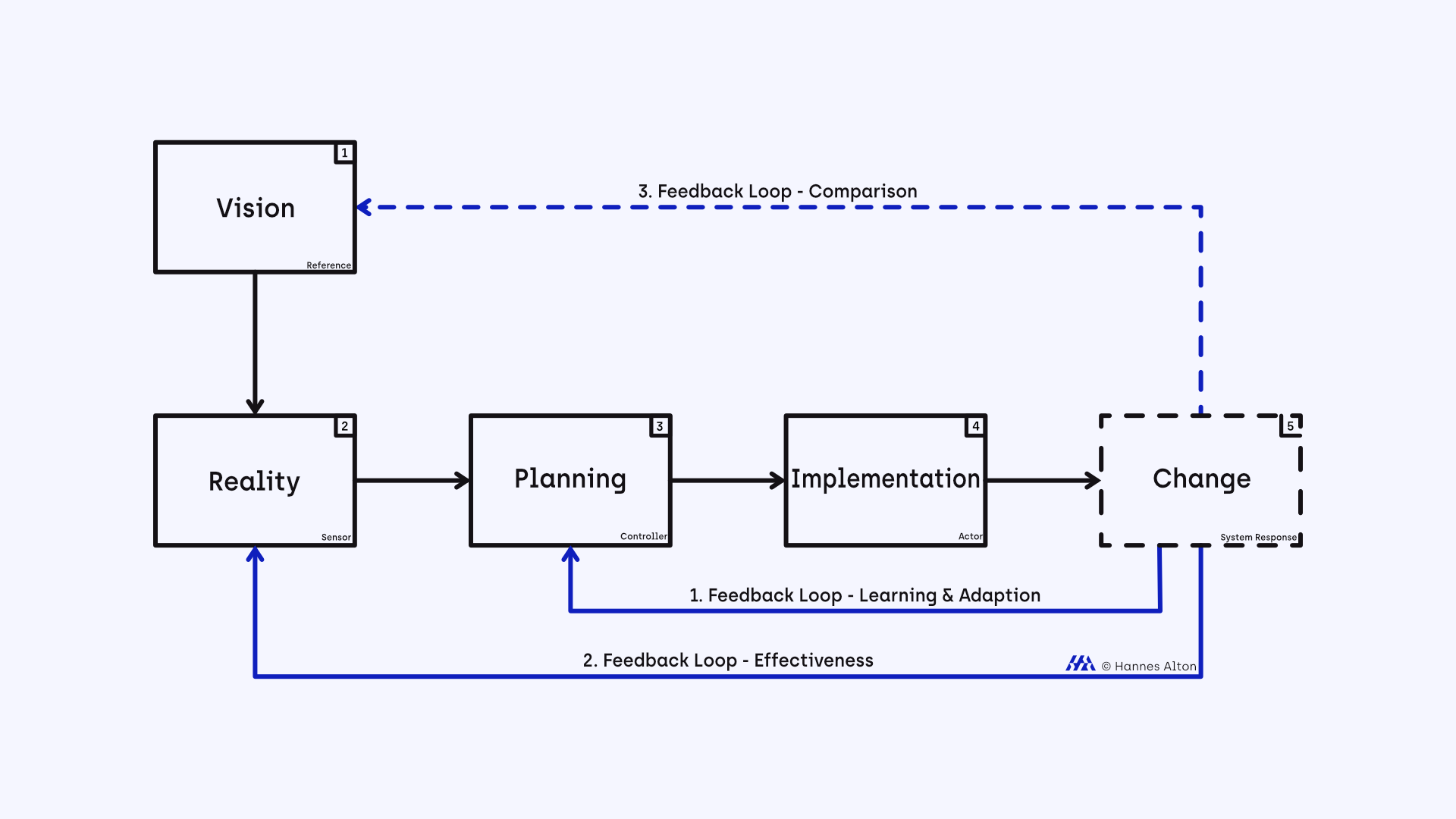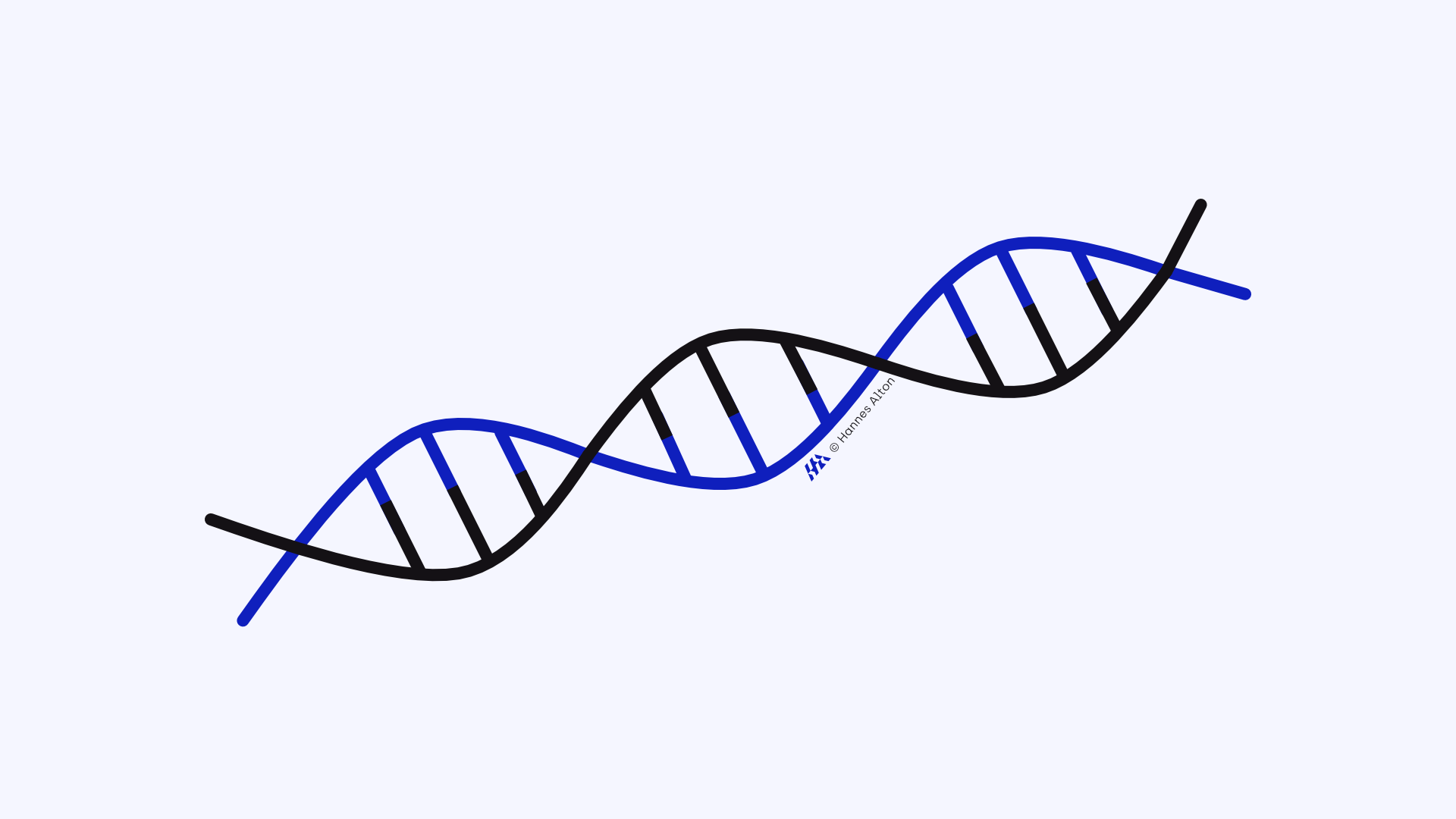Future-Fitness Through Design: Feedback loops in Puzzle Transformation
Without feedback, there is no learning.
Feedback mechanisms are one of nature's secrets to success, yet many companies lack them. Like all living beings, companies face complex, volatile, and uncertain environments. Those who can recognize patterns in these environments, understand them, and learn from them are more likely to survive.
Many companies have lost this ability.
Bureaucracy and linear thinking (if-then relationships) are two key reasons why organizations struggle to change, remain innovative, and learn from experience. This way of thinking conveys an illusion of control that does not exist in dynamic, complex systems.
The situation is comparable to change processes.
They are treated as one-time projects, emphasizing completion rather than learning. Mistakes are hidden, leading to a loss of valuable insights.
Puzzle Transformation sees change as it occurs in nature, as a continuous, iterative process with feedback as its central mechanism.
The fractal structure as a scaling mechanism
The fractal principle helps in dealing with complexity.
Fractals are another secret to nature's success. Instead of building every element of a system from scratch, nature falls back on proven blueprints.
Fractals are defined by their self-similarity. Various patterns or principles repeat at different scales, rendering the elements self-similar. The components of the system resemble the form and structure of the whole.

Puzzle Transformation operates on a similar principle. Both the master and sub control loops contain the same elements and function according to the same principles. However, they differ in their level and focus.
Change processes can be understood as recurring patterns. Learning happens through repetition, and the more these patterns are practiced, the more familiar the organization's subsystems and employees become with them. As a result, learning and adaptability slowly develop into core competencies.
Fractal structures offer stability while enabling flexibility.
Feedback loops as control mechanisms of Puzzle Transformation
Feedback loops are the nervous system of Puzzle Transformation.
Puzzle Transformation consists of 5 phases that perform a specific function:
- Vision → Reference
- Reality → Sensor
- Planning → Controller
- Implementation → Actor
- Change → System response
Feedback loops enable continuous learning and adaptation, adding an essential component to the process: control.

- Feedback loop: Learning and adaptation
The controller (planning) gathers information about insights, experiences, and challenges. This information is then transformed into insights that facilitate learning and allow for necessary adjustments. The systematic flow of information enables the process to be adaptable and capable of continuous learning.
- Feedback loop: Effectiveness
Upon completing a (sub)project, the system responds. This response may be immediate or delayed. The effectiveness is assessed based on observed changes in reality (sensor).
- Feedback loop: Comparison
A comparison is conducted between the current state (as-is) and the desired state (to-be) based on the system's response to changes. This mechanism is crucial for the strategic direction of the master control loop. It offers insights into whether the vision or reference needs to be updated in light of potential changes.
The feedback mechanisms are always the same for both the master and sub-control loops in Puzzle Transformation.
The impact of the implemented measures is monitored and returned to the master control loop as feedback. This enables the entire system to learn and improve. Deviations are identified early and communicated to the master control loop, which makes necessary adjustments. By installing control mechanisms (sensors), changes can be observed and correlations between measures and effects can be identified.
The feedback loops between the control loops are comparable to those found in a nervous system.
They ensure that the correct information flows to the right places at the right time, enabling adjustments.
The master control loop is the brain (strategic control), the sub-control loops are the nerves and muscles (operational implementation and sensory feedback).
Feedback mechanisms are the lifeblood of living systems, ensuring their successful existence.
System-related reactions to change
Traditional change processes fail because they do not listen to the system.
Puzzle Transformation, on the other hand, observes the system's response.
Organizations are complex social systems that function according to their own system laws and principles. Ignoring these leads to misinterpretations and misguided reactions.
If the organization were to respond to every impulse for change, it would quickly descend into chaos and would no longer be able to stabilize itself or perform effectively. It would simply cease to exist. The situation is similar to change processes.
The system's response to change impulses is either immediate or delayed. Time delays (understandably) lead to nervousness and actionism among decision-makers. However, the system and its employees need time when changes occur; time to process new information and internalize it through repetition.
It is essential to install control mechanisms (sensors) to identify changes and assess the effectiveness of the measures taken. These sensors are not used for monitoring but for establishing connections between the measures implemented and their effects. This process allows for systemic learning.
The fractal structure of Puzzle Transformation creates structural stability and the necessary time frame to act calmly in the event of delayed system responses, enabling systemic learning through the installed sensors.
Establishing learning and adaptability in the corporate DNA
Puzzle Transformation supports, through its mode of operation the anchoring of learning and adaptability in the corporate DNA.
By making employees co-architects of change (a principle discussed in detail in the article "From Vector³ to Implementation"), they learn first-hand how change processes work and what considerations they are based on. The establishment of control loops relieves managers of operational tasks and strengthens trust in teams and the decentralized implementation of projects.
Change management is a central task for every manager. As the intensity of change increases, it becomes an increasingly important task for all members of the organization.
Ideally, changes should be initiated from the bottom up rather than from the top down.
This approach ensures that necessary adjustments occur in the areas where they are most needed. Regular communication between organizational units is crucial, as every change affects other units and, ultimately, the entire system.
Each unit within the organization functions as a subsystem and faces a distinct relevant environment.
This difference necessitates distinct organizational designs and varying levels of learning and adaptability. The more familiar managers and employees are with this, the better the unit will be able to deal with current and future changes.
Learning and adaptability are thus gradually developed as corporate competencies and anchored in the corporate DNA. Changes occur organically and not in response to specific events.

Future-fitness is the result of conscious design, and systemic learning is the decisive competence.
Conclusion and outlook
Puzzle Transformation is not just another change model, but an operating system for change.
This article concludes the second blog series.
The journey began with Puzzle Transformation as a system-oriented approach to change. It continued with Vector³, an essential format for creating the necessary inner clarity. The modules VectorMap (vision and reality) and VectorDelta (field of tension) reveal previously blind spots and lay the foundation for the architecture of measures.
The fractal structure of the master and sub-control loops was presented in the following article. This structure ensures control and enables co-creation by making employees co-architects of change.
The learning process in this article closes the circle.
Feedback loops are the nervous system of Puzzle Transformation. They ensure that information flows back continuously and that the system as a whole learns along with it. While classic change models convey an illusion of control through their linearity, Puzzle Transformation builds on a dynamic and complex reality.
Effective organizations are consciously designed systems based on systems laws and principles. They establish the architecture for meaningful collaboration and empower individuals to take responsibility.
Future-fitness does not happen by chance, but is the result of a conscious and well-thought-out design process.
If you would like to embed these insights in your organization to prepare your company for the challenges of the future, then let's talk.
In a casual conversation, we will discuss your concerns and explore whether Vector³, in conjunction with Puzzle Transformation, is a suitable solution for your project.



